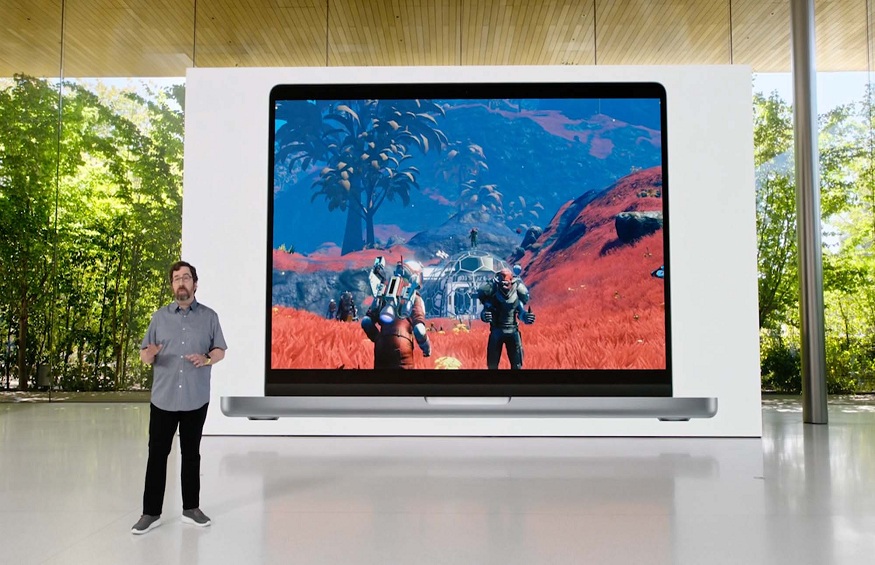Accumulation of programs, lack of updates, malware… There are many reasons why your PC can gradually become slow. The good news is that there are a few simple tricks that can help restore performance, most of which are free and safe.
If you have internet access speed issues, note that this is a separate issue from Windows slowness, and it will only get worse if you telecommute, study from home, stream or play. For this, we have tips to improve your connection or boost your signal . But if it’s about your PC slowing down, then read on.
1- Remove startup programs
Quite often, because of the installed programs and tools, computers start up more slowly. Most programs launch when Windows starts up and you probably don’t need them.
To prevent them from launching automatically: go to your taskbar , at the bottom right of your screen. Click the white up arrow to display the notification icons.
Each icon represents a program that launches at startup. Some are essential like antiviruses, but others are not.
In Task Manager, which you open by right-clicking on the taskbar and then selecting Task Manager , you’ll see that there are a lot of programs running alongside Windows.
Right-click the program, then select Online Search. With this information, you will know better if these programs are really useful to you.
To disable each program, right-click it, then select End Tasks .
Windows also shows you how each program affects its performance.
2- Defragmentation
Recent versions of Windows automatically defragment the disk, but do so in a fairly rudimentary way.
You will find very good defragmentation software on the market that can boost the performance of your computer.
The O&O Defrag software (available in French) is one of them. Otherwise, you have IObit’s Smart Defrag 7 , quite powerful and above all free.
If you have an SSD as well as a hard drive, only the latter needs to be defragmented.
3- Identify malware
It is recommended to scan your system to identify any threats of slowdown or malfunctions.
If Windows spots something, you’ll be alerted and offered a solution.
If you are using another paid (or free ) antivirus, such as AVG, Norton, McAfee, you will need to start it and find the option to scan your system.
4- Adjust the virtual memory that Windows uses
Here is a simple and effective way to boost the performance of your computer: adjust the amount of virtual memory used. Open the Start menu , select Settings , then type Performance . From the drop-down list, select Adjust Windows appearance and performance .
Go to the Advanced tab , click Edit and at the bottom of the window check what the recommended value is and how it compares to the currently allocated value.
If the recommended value is lower, uncheck the Automatic paging file management for drives box, check the Custom size option , then enter the recommended value in the Initial size box , and a larger number in the Maximum box . Click OK and you’re done.
5- Remove visual effects
Windows 10 has a very nice and responsive design with great visual effects. Unfortunately, these effects can weigh on the performance of slightly older PCs, so it is best to disable them. Here’s how:
Open the Start menu and type Advanced System Settings , then press Enter at the first result.
In the window that opens: Performance section , click Settings . A list of visual effects appears on the screen.
6- Reinstall Windows
Reinstalling Windows is another very good solution to boost your computer.
It removes software that may slow down your PC, adware (advertising software embedded in freeware), malware, temporary files, etc.
A Windows Recovery CD is required for versions prior to Windows 8 and 10.
On Windows 8 and 10, the Refresh option is integrated. It reinstalls Windows without erasing your home folders, so no upstream backup is needed.

